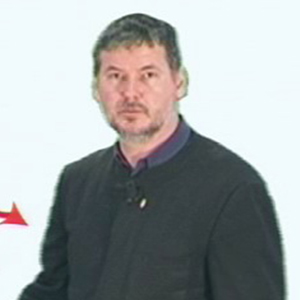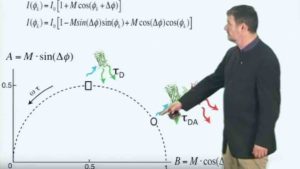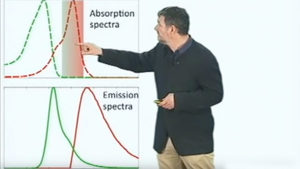Philippe Bastiaens is Director of the Department of Systemic Cell Biology at the Max Planck Institute of Molecular Physiology and a Professor at the Technische Universitat Dortmund.
Bastiaens and his colleagues have developed special fluorescence microscopy techniques such as FLIM and FRET, and use them to explore protein signaling pathways.






